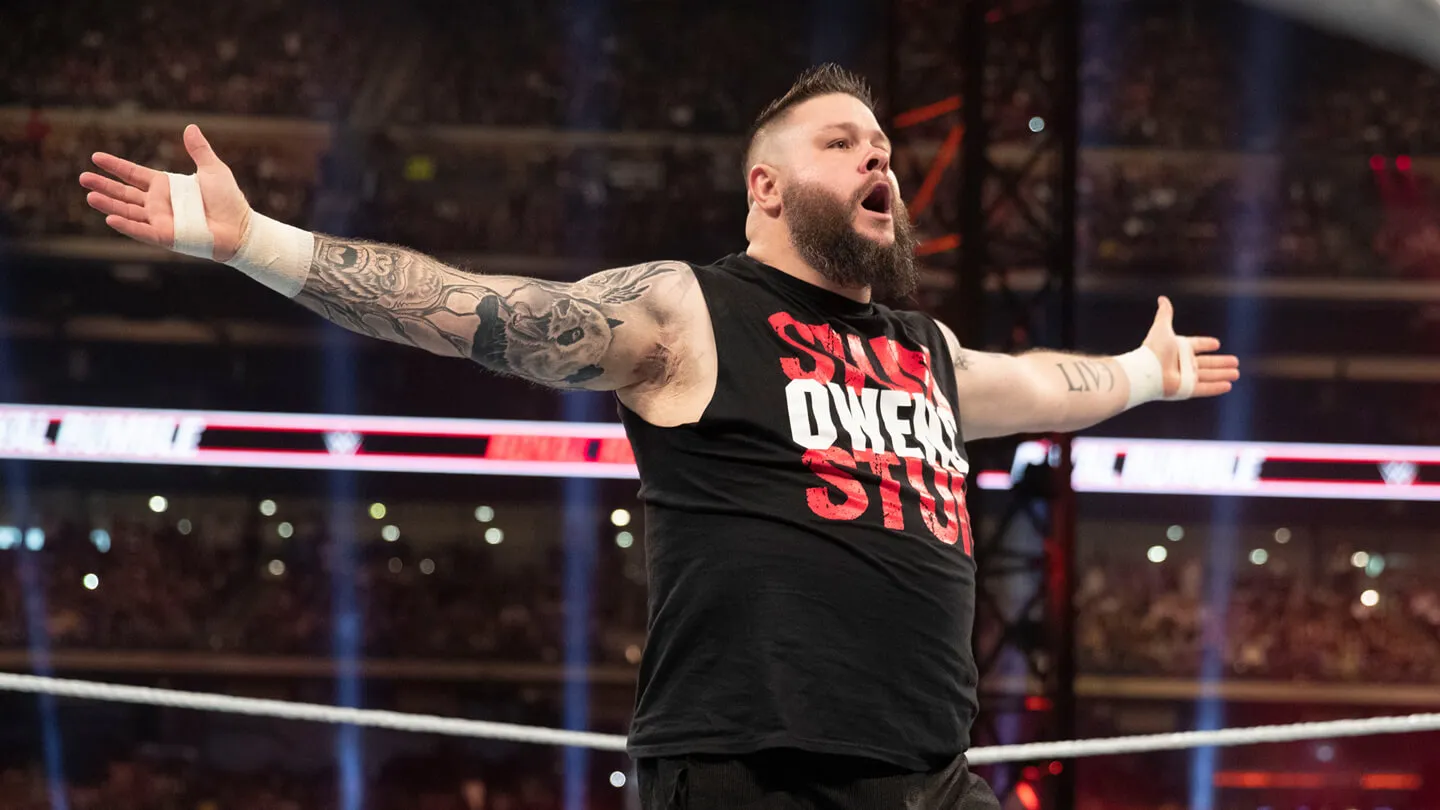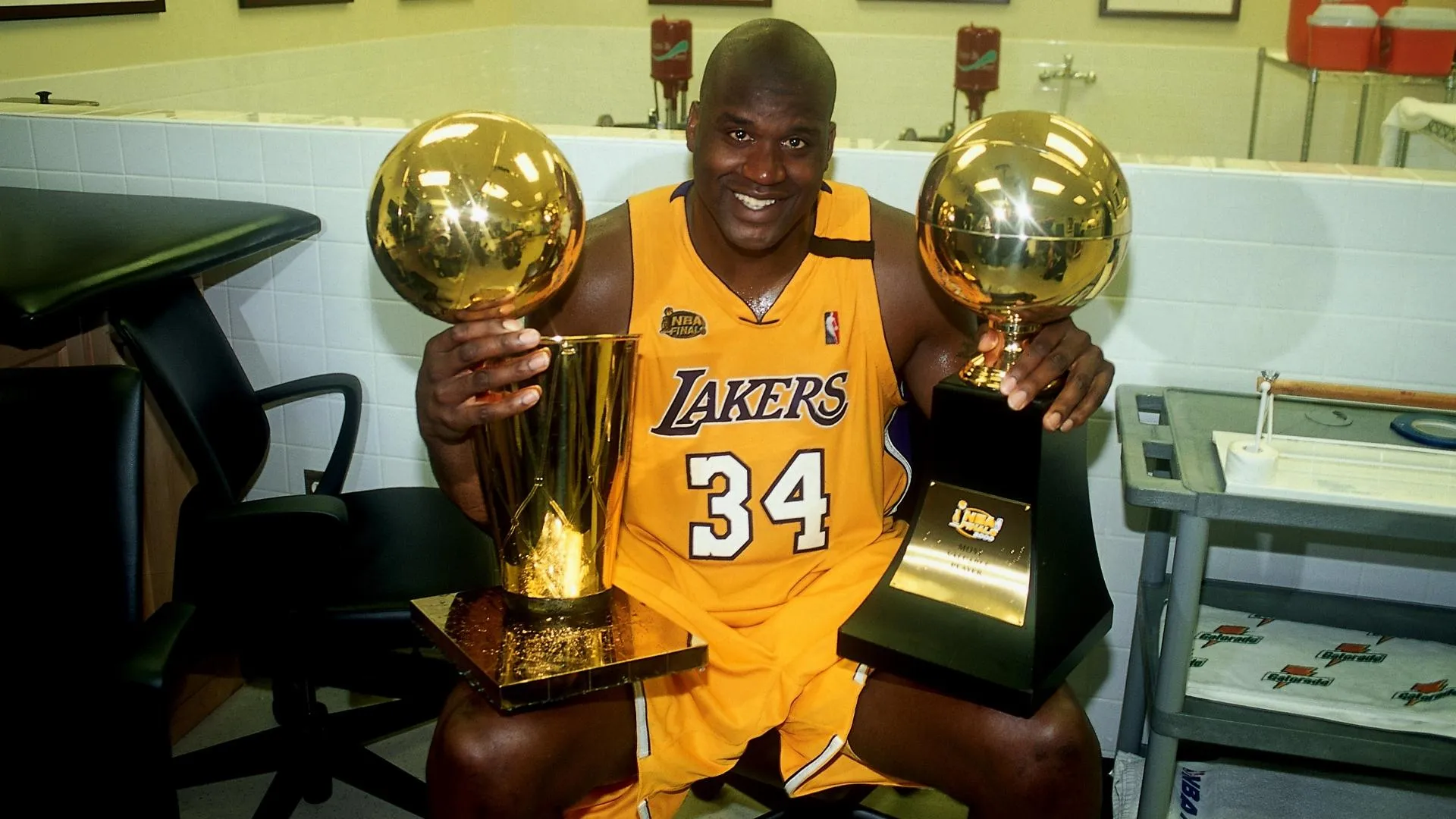If you're new to the exciting world of hockey or simply curious about how the game is structured, you're probably wondering: how many periods are in hockey? This question is one of the most frequently asked by casual fans, newcomers, and even seasoned sports enthusiasts who are exploring the sport more deeply.
In this blog post, we’ll break down how many periods in a hockey game, what happens during those periods, and how the structure varies across different levels of play including the NHL, college hockey, and international tournaments.

What Is Ice Hockey?
Before diving into the number of periods, it’s helpful to understand the basic format of ice hockey. Ice hockey is a fast-paced, physical sport played between two teams of six players each - five skaters and one goalie. The objective is to score more goals than the opponent by shooting a puck into the opposing net.
Games are divided into periods, and understanding this time structure is essential for following the game, tracking momentum shifts, and even strategizing as a player or coach.
How Many Periods in a Hockey Game?
NHL and Professional Hockey
In most professional leagues, including the National Hockey League (NHL), a hockey game consists of three periods. Each period is 20 minutes long and is played at full strength unless a team is penalized.
-
1st Period: Start of the game, teams are fresh, and strategies begin to unfold.
-
2nd Period: The middle segment, where stamina and momentum are tested.
-
3rd Period: Often the most intense, especially in a close game.
After each period, there is a 15 to 18-minute intermission for players to rest, regroup, and strategize.
College and International Hockey
Similar to the NHL, college hockey and Olympic-level hockey also follow the three-period structure, each lasting 20 minutes with intermissions.
Minor and Youth Hockey
In minor league or youth hockey, the number and length of periods can vary. Often, youth leagues have:
-
Three 12- to 15-minute periods, or
-
Two 20-minute halves, depending on the rules of the specific league or age group.
Always check the specific league regulations, as these can differ widely.
What Happens If the Game Is Tied After Three Periods?
One of the most thrilling parts of hockey is overtime. But what happens when the score is tied after regulation?
NHL Overtime Rules
-
In the regular season, a 5-minute sudden-death overtime is played with 3-on-3 skaters. If no one scores, it goes to a shootout.
-
In the playoffs, there’s no shootout. Instead, 20-minute sudden-death overtime periods are played until a winner emerges.
International and College Overtime
-
Rules vary, but most tournaments adopt a similar sudden-death overtime format.
-
College hockey may include a 5-minute overtime followed by a shootout in non-conference games.
So, while the standard answer to how many periods in ice hockey is "three," games can extend into additional overtime periods, making hockey uniquely exciting and unpredictable.
Why Are There Three Periods in Hockey?
It’s a fair question: Why not four quarters like basketball or two halves like soccer?
The three-period format was introduced in the early 20th century. The reasons include:
-
Ice Maintenance: Ice quality degrades with use. A third intermission allows the surface to be cleaned twice.
-
Player Rest: Hockey is physically demanding. Frequent breaks help maintain intensity.
-
Strategic Depth: Coaches can reset game plans and adapt strategies more often.
The result? A game that’s fast, clean, and strategic - all trademarks of modern hockey.
FAQs: All Your Questions Answered
How Many Periods Are in a Hockey Game?
Three periods, each 20 minutes long in professional and most amateur settings.
How Long Is a Hockey Game?
Regulation time is 60 minutes, not counting intermissions and possible overtime.
Are There Any Other Games With Three Periods?
While hockey is unique in its three-period format, some indoor sports like lacrosse and arena football have experimented with similar structures.
What Is the Longest Hockey Game Ever?
The longest NHL game occurred in 1936 between the Detroit Red Wings and Montreal Maroons and lasted six overtimes - that’s 176 minutes and 30 seconds of playtime!
The Role of Each Period in a Game
First Period: Setting the Tone
The opening period is about establishing pace, probing defenses, and gaining early momentum. Coaches usually roll all lines to assess matchups.
Second Period: Momentum Shift
This is where conditioning starts to matter. The "long change" (defensive zones are further from the bench) adds an extra layer of challenge.
Third Period: Game on the Line
Strategies shift from aggressive offense to defensive protection - or vice versa - depending on the scoreline. It's often the most dramatic segment.
Watching Hockey: Tips for New Fans
If you're new to hockey:
-
Watch the scoreboard: It shows period number and remaining time.
-
Listen to the commentators: They often explain period dynamics and tactical changes.
-
Note intermission changes: Between periods, teams switch ends.
More Than Just Three Periods
So, to answer the burning question - how many periods in a hockey game? - the simple answer is three, but the impact of each period goes far beyond a time check.
From the furious pace of the first puck drop to the nail-biting tension of the final seconds - and even into overtime - hockey’s three-period format is a cornerstone of its intensity and appeal. Whether you're watching the NHL, Olympic games, or your local youth league, understanding the flow of periods helps you appreciate the game on a deeper level.






